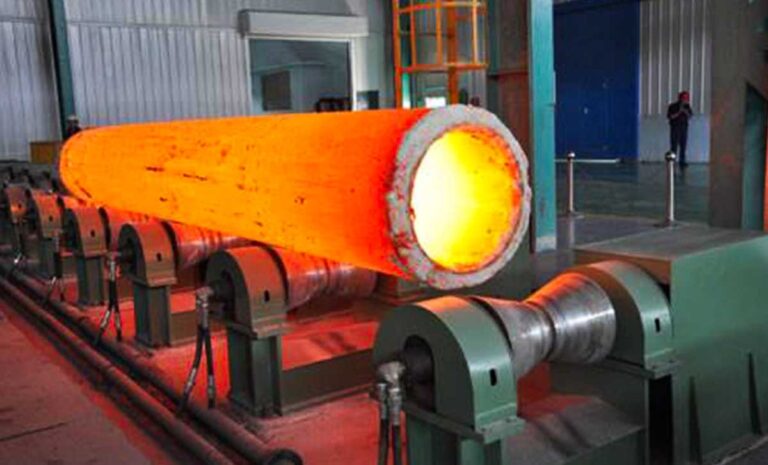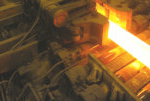Understanding Rockwell Hardness of 304 Stainless Steel

When selecting materials for engineering and manufacturing applications, understanding their hardness is crucial for ensuring performance, durability, and longevity.
When selecting materials for engineering and manufacturing applications, understanding their hardness is crucial for ensuring performance, durability, and longevity.
In industrial welding, the choice of filler material is crucial to ensuring the integrity and longevity of welded joints.
In the world of stainless steels, the 410 series stands out for its unique blend of properties and versatility.
Steel 303 is a grade of stainless steel that is widely used in various industrial applications due to its specific properties.
Stainless steel is renowned for its corrosion resistance and high strength, making it a popular choice in various industrial applications. Among the many stainless steel grades, 303 stainless steel stands out for its excellent machinability and good corrosion resistance. However, the hardness of 303 stainless steel can significantly impact its performance in different applications. One of the key factors influencing its hardness is heat treatment. This blog explores how different heat treatment processes affect the hardness of 303 stainless steel, providing insights into optimizing its properties for specific uses.
Hardening 303 stainless steel is a process that enhances the mechanical properties of this popular alloy, which is widely used in various industries due to its excellent machinability and corrosion resistance. However, 303 stainless steel is not inherently hardenable by heat treatment, and understanding how to manipulate its properties is crucial for optimizing its performance in different applications. This article provides a comprehensive overview of the hardening process, examining the methods, benefits, and challenges associated with it.
When it comes to selecting materials for food-related applications, the choice of stainless steel is crucial. Among the various types of stainless steel, Food Grade 304 Stainless Steel stands out as a top choice due to its excellent properties and versatility. This comprehensive guide will explore what Food Grade 304 Stainless Steel is, its advantages, common applications, and answer some frequently asked questions.
In the construction industry, the selection of materials is crucial for ensuring the durability, safety, and efficiency of a project. One material that stands out for its exceptional performance is pipe stainless steel 316. Known for its superior corrosion resistance and strength, pipe stainless steel 316 is increasingly becoming the material of choice for various construction applications. This blog explores the benefits of using 316 stainless steel pipe in construction projects, detailing its advantages, applications, and key considerations.
In the realm of industrial applications, the choice of materials is critical to ensuring performance, safety, and longevity. Stainless tubing stands out as a superior option due to its exceptional properties and versatility. From chemical processing to aerospace, stainless tubing offers a range of benefits that make it an ideal choice for various applications. This blog will delve into the top benefits of using stainless tubing in industrial settings, exploring its properties, applications, and advantages.
Stainless steel bars have revolutionized industrial applications worldwide, owing to their exceptional properties and versatility. These bars, crafted from an alloy of iron, chromium, and sometimes nickel, exhibit superior corrosion resistance, high strength, and durability. This blog explores the extensive impact of stainless steel bars across various industries, highlighting their critical roles in manufacturing, construction, transportation, and beyond.




